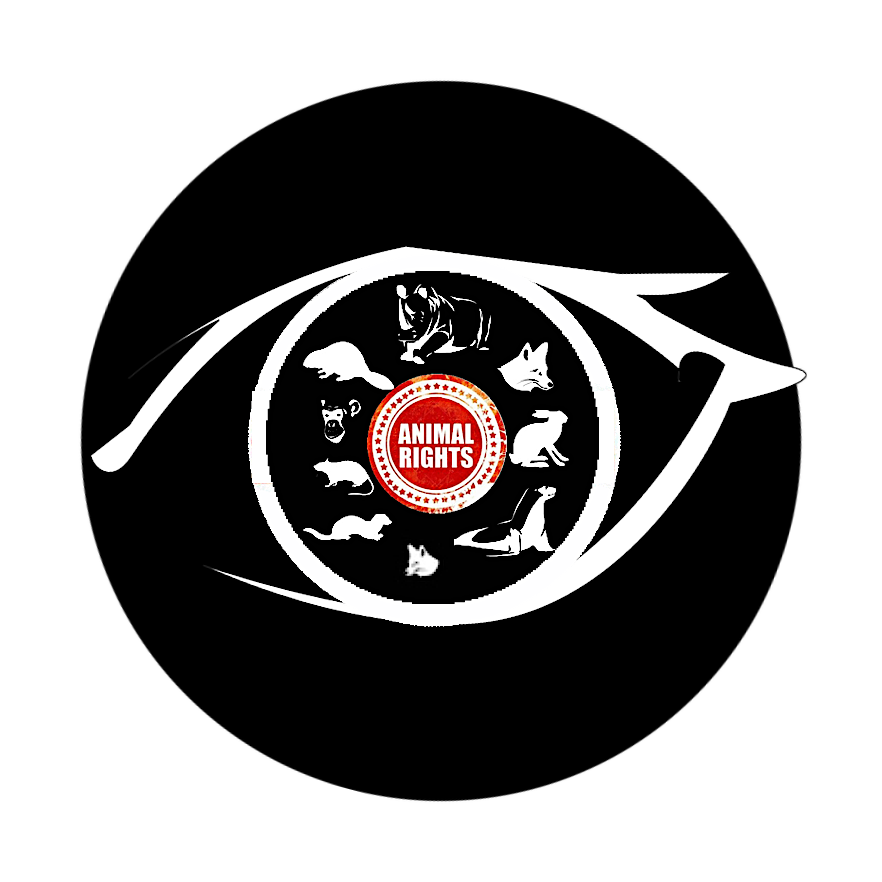ALTERED STATES: We’ve driven animals in two shocking directions over just 1,000 years
The study found consistent divergence over time that really accelerated in the last 1,000 years, coinciding with surges in agriculture, urbanization and trade networks. Wild mammals and birds, both herbivores and carnivores, generally got smaller as human populations expanded, landscapes became more fragmented and hunting pressure increased. In contrast, domestic species grew progressively larger, due to selective breeding favoring animals that could provide more meat, milk, wool, strength or companionship.
BRONWYN THOMPSON: In the largest study of its kind, scientists have accurately documented the massive change in animal morphology over the last 1,000 years, with domesticated animals growing larger across the board and their wild relatives becoming smaller. It underlines the true impact of one species in particular – us.
Researchers at the University of Montpellier looked at more than 225,000 bones from 311 archaeological sites across Mediterranean France, spanning a timeline of 8,000 years. From these expansive collections, the scientists compiled 3,858 records of measurements of length, width, and depth from bones and teeth. The samples covered wild species such as foxes, rabbits, and deer, as well as domesticated animals like goats, pigs, cattle, sheep and chickens.
What they found was a consistent divergence over time – but one that really accelerated in the last 1,000 years. Wild mammals and birds, both herbivores and carnivores, generally got smaller as human populations expanded, landscapes became more fragmented and hunting pressure increased. In contrast, domestic species grew progressively larger, due to selective breeding favoring animals that could provide more meat, milk, wool, strength or companionship. These parallel trends became especially sharp after around 1,000 years ago, coinciding with surges in agriculture, urbanization and trade networks…
At the center of the change, not surprisingly, is our species. However, interestingly, the researchers found that climate change has not been the biggest driver of the changes. While we’ve selectively bred cattle and chickens, for example, to hold more milk or produce more meat faster, we’ve simultaneously put increased pressures on wild animals, be it through habitat loss or overfishing and hunting…
This French study demonstrates that today’s shrinking wild species and ballooning livestock aren’t isolated quirks – they’re part of a long trajectory of human-driven change… The findings highlight the dynamic and interwoven roles of environmental and anthropogenic factors in shaping animal morphological evolution, emphasizing the importance of environmental factors in the evolution of domestic species, and illustrating the growing impact of human activities on wild populations”. SOURCE…
RELATED VIDEO:

